 Recently, I’ve made the switch from KDE being my preferred Linux desktop
environment/window manager, to i3, a tiling window
manager, for both my work and private development environments (my home
desktop is still Windows 7, since I do still game enough for it to
become painful to dual-boot - so I do most of my development within a VM
these days).
Recently, I’ve made the switch from KDE being my preferred Linux desktop
environment/window manager, to i3, a tiling window
manager, for both my work and private development environments (my home
desktop is still Windows 7, since I do still game enough for it to
become painful to dual-boot - so I do most of my development within a VM
these days).
I really like it’s absolutely minimal approach - essentially it does
nothing itself, it provides a simple window manager, and near limitless
configurability. This has proven an excellent learning experience for
me, since it’s forced me to get a lot closer to system components
usually “hidden” behind sliders and widgets in KDE or Gnome, as well as
a host of alternatives to applications those environments provide by
default. It’s also resulted in a much cleaner and faster system,
containing only the applications and services I actually want.
We recently installed fresh new desktop machines at work, so I thought
I’d share some of my setup, in case it’s of some value to anyone else
(and my own future reference!). The following steps assume you know how
to operate a basic Debian system. I’m not going to go too deep into any
usage details for i3 either, since there’s an excellent user
guide and comprehensive FAQ
system which should answer any questions you may
have.
I’d also advocate using “aptitude” as an alternative to “apt-get” for
all package installations, updates and removals.
The Basics
I always start off with a Debian
“netinst”. Post-install, this
provides an incredibly basic bare-bones OS with a few system utilities
(during the installation, de-select the pre-configured “Desktop”, “Web
Server”, “Mail Server”, etc. options, just keep the “Standard System
Utilities”).
First thing to to after installing is install sudo and add your user
to the sudoers group, to avoid having to
be root to get things done. Now’s also a good time to install vim.
I also like seeing Aptitude’s “visual preview” of changes when doing
package management, so to avoid having to call
$ aptitude --visual-preview install ... on every invocation, we can
edit root’s aptitude config:
/root/.aptitude/config:
Aptitude::CmdLine::Visual-Preview "true";
Upgrade to Unstable/Sid
Perhaps a bit reckless, but I’ve honestly never experienced any
crippling issues running Debian Unstable (“sid”). You’ll only need to
modify /etc/apt/source.list and replace references to “wheezy” or
“testing” with “unstable” or “sid”, and disable the updates and security
repositories, leaving you only the main deb and deb-src repositories
(I’ve enabled non-free and contrib, since I want to install FlashPlayer
and nVidia drivers later):
/etc/apt/source.list:
deb http://cdn.debian.net/debian/ unstable main non-free contrib
deb-src http://cdn.debian.net/debian/ unstable main non-free contrib
After saving the above changes, execute the following:
$ sudo aptitude update
$ sudo aptitude dist-upgrade
The dist-upgrade step will upgrade all installed packages to
whatever’s newest in unstable.
Desktop Install
With the base system as up-to-date as it can be, it’s time to install
the desktop environment.
$ sudo aptitude install xorg lightdm i3-wm i3status suckless-tools
After installation, I’d reboot and ensure a nice graphical login prompt
appears. After login, you’ll be asked some initial i3 setup questions
(which are easy to change later) and land in the default i3 workspace.
Press Mod+Enter (Mod being whatever you selected in the aforementioned
setup questions - likely “windows” key, or Ctrl) to open a new terminal
window. It’s probably xterm, which is sort of OK, but I switched to
lxtermial - it’s nice and lightweight but still has a fair number of
configuration and convenience features (like URL detection - useful for
IRC).
If you install another terminal, and opening more terminals results in
more xterms rather than your installed terminal, do the following to set
your preferred option:
$ sudo update-alternatives --config x-terminal-emulator
Desktop Tweaks
Before digging too deep into installing additional software, it’s a good
time to configure some additional options to make life a bit more
pleasant.
Look and Feel
In order to make sure your eyes are not offended by the default GTK
theme which you may end up seeing a lot of, set up the GTK theme and
icon theme:
~/.gtkrc-2.0:
include "/usr/share/themes/Adwaita/gtk-2.0/gtkrc"
gtk-icon-theme-name="Adwaita"
In addition, I found it a lot cleaner and space-maximising to disable
i3’s window titles and thin it’s borders down, by addition the following
to ~/i3/config:
new_window 1pixel
new_float normal
py3status
Install python-pip via Aptitude, and then
$ sudo pip install py3status. I use
py3status since it provides
some nice additional modules, is more flexible, and is fully compatible
with the default i3status configuration. It’s also a good time to check
out the i3status configuration
documentation and do some
tweaks, since a couple of the default entries here are likely not too
useful.
Wallpaper
Randomised (of fixed if preferred) wallpapers can easily be achieved by
installing feh (which makes for a good i3-friendly picture viewer in
general) then adding the following to ~/i3/config:
exec --no-startup-id feh --recursive --randomize --bg-fill ~/Pictures/wallpaper/
Incidentally, the imgur wallpaper
gallery is a good place to find some
wallpapers.
File Management
Sometimes a GUI file manager can be useful, and for this, a nice
light-weight alternative to the bigger desktops’ Nautilus and Dolphins
is PCManFM, installed as pcmanfm.
A nice companion application for (compressed) archive management is
xarchiver. You may need to install additional tools (such as zip,
unzip, unrar-free, etc, depending on the files you commonly work
with).
Conclusion
The entire setup to this point should not have taken more than 1-2
hours, depending on download speeds (really, most time is spent just
waiting for downloads…), so you can get this kind of environment
running with minimal effort and downtime.
I haven’t included anything about multimedia, custom key bindings, lock
screens, or others here, but there are loads of other resources around
which can fill you in on those and the myriad ways you can configure
your i3 environment.
Your next step, if you’re new to i3, should probably be to take a read
through the i3 user guide, which
is impressively comprehensive.

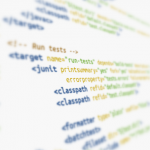 Now that we have
Now that we have 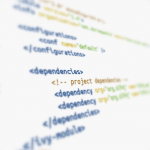 So far, we’ve covered the basics of
So far, we’ve covered the basics of 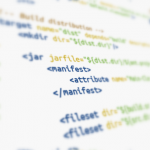 In part 1, we went over the basics of
In part 1, we went over the basics of 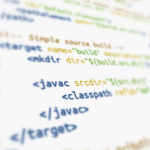
 I’ve been meaning to
do some posts on setting up a Java build process using Apache’s
I’ve been meaning to
do some posts on setting up a Java build process using Apache’s
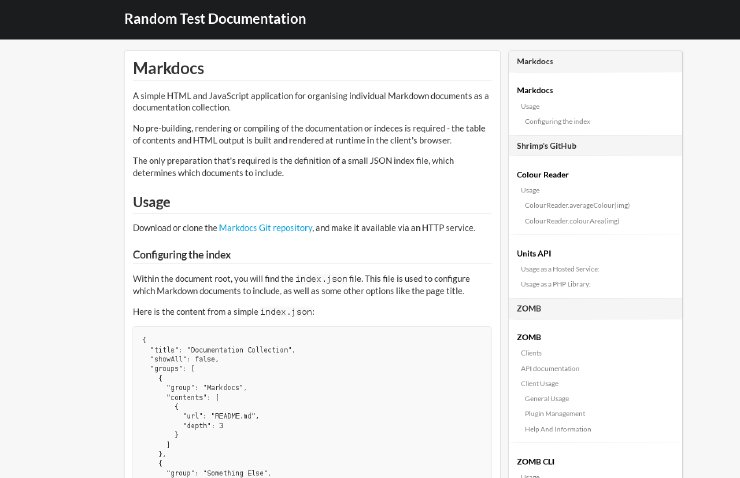
 Recently, I’ve made the switch from KDE being my preferred Linux desktop
environment/window manager, to
Recently, I’ve made the switch from KDE being my preferred Linux desktop
environment/window manager, to